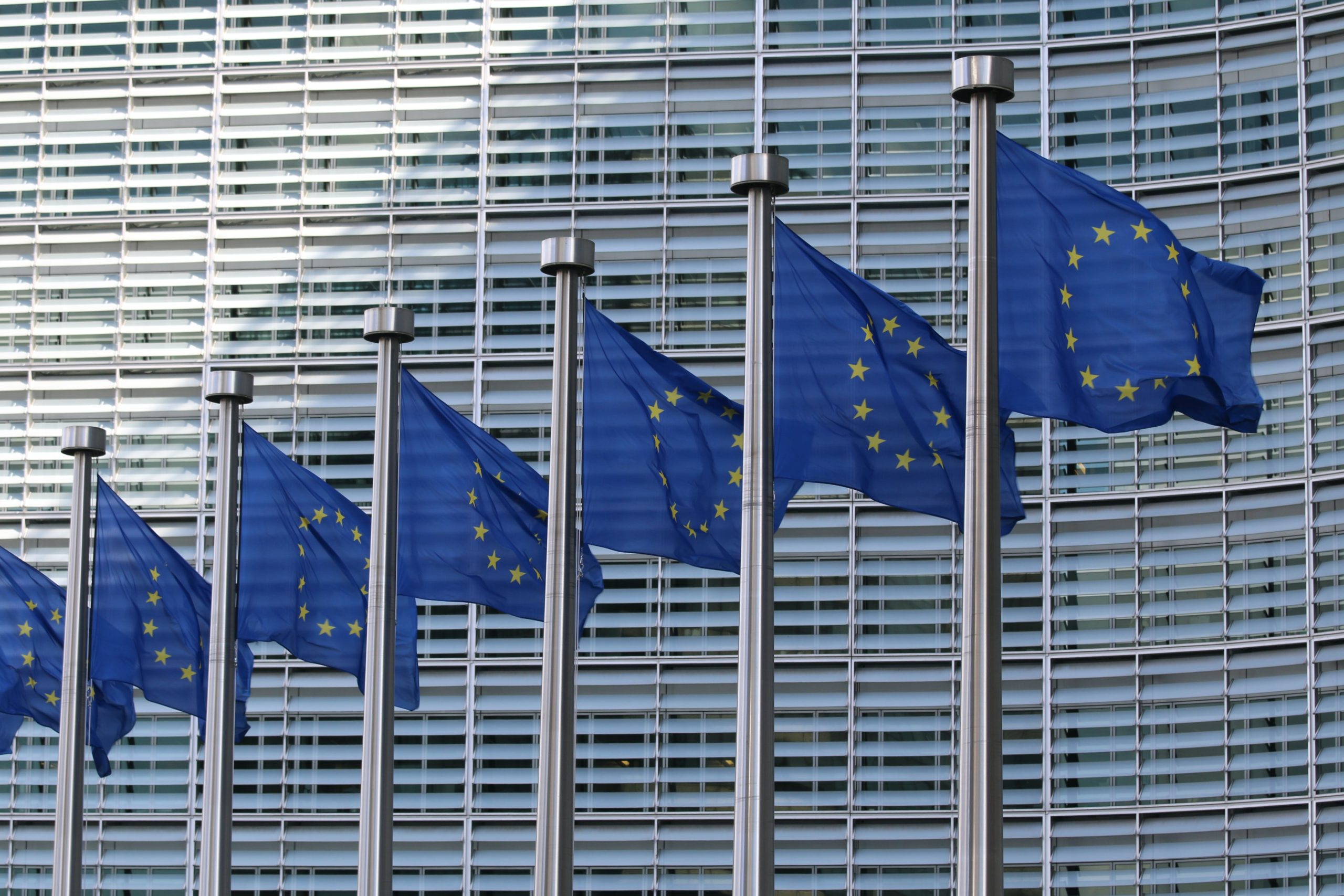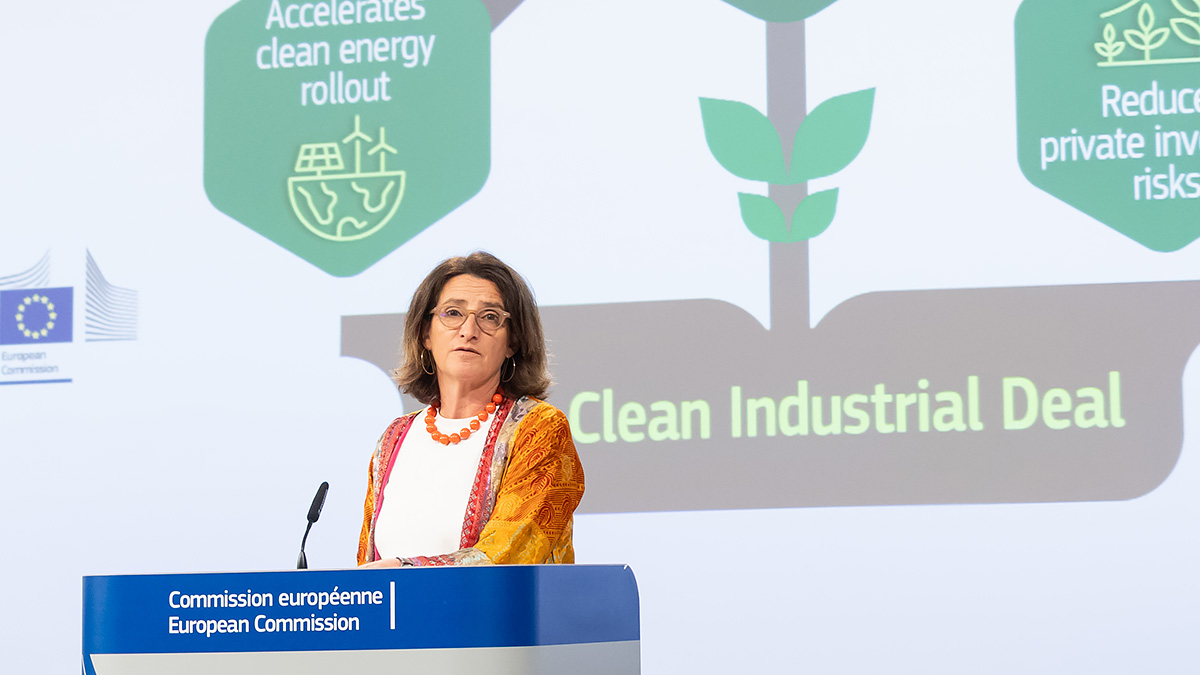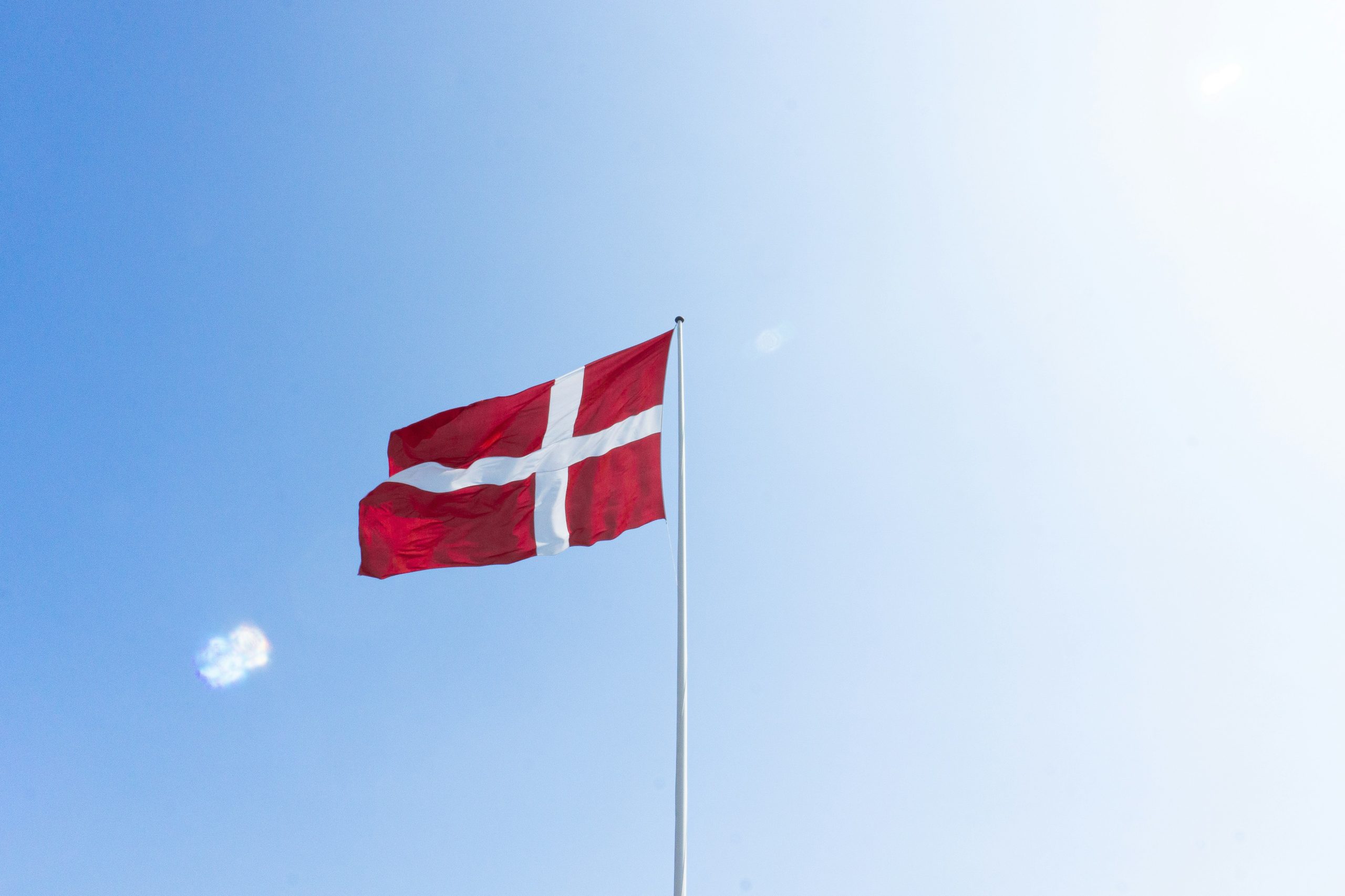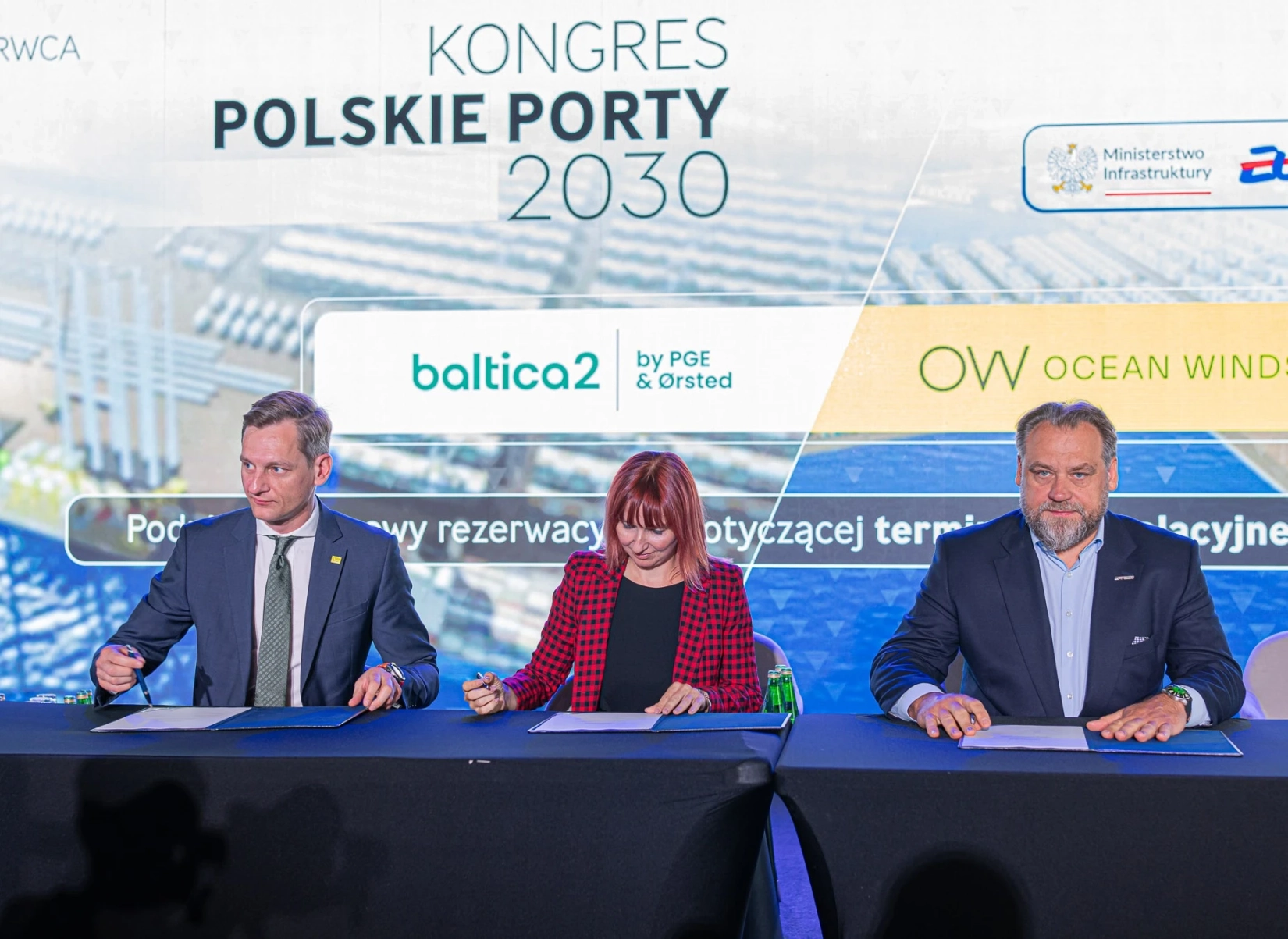BalticWind.EU saw leaked Communication from the European Commission “European Wind Power Action Plan” that is supposed to be adopted on 24 October. We present below summary of this document. As a part of the Wind Power Package – Together with this Action Plan, the Commission will adopt a Communication on delivering on the Offshore Renewable Energy Strategy which will include a set of actions specifically dedicated to offshore renewable energy.
The main objective of this initiative is to speed up development of the investment in order to reach ambitious RES target of at least 42.5% by 2030. It will require the installed capacity to grow from 204 GW in 2022 to more than 500 GW in 2030.
As indicated in the leaked Communication – the European wind industry has recently faced difficulties in operating its business. All largest wind turbine manufacturers reported significant operating losses in 2022. And with 16 GW of new wind projects installed in 2022, we are nowhere near 37 GW/year needed as cost-effective contribution to achieve the EU 2030 targets.
Therefore, the European Commission will propose immediate action. The Action Plan will outline the necessary steps that must be promptly taken to attain this goal. Furthermore, it will indirectly provide assistance to other clean energy sectors, such as the solar industry, as many of the suggested actions have relevance across all renewable energy sources. It is structured into six main pillars of concerted action by Commission, Member States and industry:
- acceleration of deployment through increased predictability and faster permitting,
- improved auction design,
- access to finance,
- creating a fair and competitive international environment,
- skills and
- industry engagement and Member States commitments.
State of the Wind Industry in Europe
Up to now, the European Union has predominantly relied on its domestic wind manufacturing sector to furnish wind installations. Key European manufacturers have held a substantial share, constituting 85% of the EU wind energy market and a remarkable 94% within the offshore sector. The manufacturing process encompasses a wide array of turbine and component production, including blades, nacelles, towers, gearboxes, foundations, substations, generators, and more, distributed across the EU. This sector plays a vital role in employment, supporting approximately 90,000 jobs throughout the EU, out of a total workforce of over 150,000 in the wind industry. Despite past favorable advancements, the European wind industry currently grapples with significant challenges. The challenges facing EU wind equipment manufacturers in conducting their operations has been categorized into five primary groups: (a) inadequate and uncertain demand for wind turbines in the EU, (b) high inflation and commodity prices, (c) design of national tenders for the support of renewable energy often does not adequately reward the high environmental and social standards of the European products nor takes into account the need for supply chain resilience, (d) pressure from international competitors (i.e. from China) on the EU wind manufacturing sector has increased, (e) availability of skilled workers in the wind manufacturing sector may affect the speed of increasing European production capacity. In offshore wind in particular, skilled operators of vessels, cranes or heavy lifts are hard to find. The industry will require more workers, including engineers and tradespeople.
A Wind Power Action Plan
In order to reach ambitious objectives the EC will propose plan of 16 concrete actions:
Action 1: Prolongation of the Emergency Regulation on permitting
Action 2: Commission and Member States to work together to frontload transposition and implementation of the revised RED provisions on permitting – “Accele-RES”.
Action 3: Member States to increase visibility of the wind projects pipeline through wind pledges, publication of the mid-term auctions schedules, long-term plans for renewables deployment.
Action 4: Commission to adopt an action plan to facilitate grids build-out.
Action 5: Member States to include in their auctions objective qualitative criteria and measures to maximise the execution rate of the projects, supported by Commission Recommendation and Guidance
Action 6: Tackling cybersecurity risks and addressing the data protection aspects
Action 7: Commission to increase the use of strategic procurement in the context of the Global Gateway
Action 8: Commission to facilitate access to EU financing
Action 9: EIB to provide de-risking tools and guarantees for EU wind companies
Action 10: Member States to make full use of flexibility provided under State aid rules for EU wind value chain
Action 11: Commission to strengthen the dialogue with investors to foster the attractiveness of investments in the EU’s wind sector
Action 12: Active use of trade defence instruments
Action 13: Commission to facilitate EU manufacturers’ access to foreign markets
Action 14: Enhancing standardisation in the wind energy sector
Action 15: Large Scale Skills Partnerships for Renewable Energy to design projects that support skills development for the renewable energy sector, including wind
Action 16: EU Wind Charter
The EC indicates that the Action Plan “provides the European wind industry with the reassurance that their business case in the European Union is strong, sustainable and long term. Therefore, the Commission calls on the Member States and the industry to endorse this Action Plan and implement the actions according to their respective roles.”












